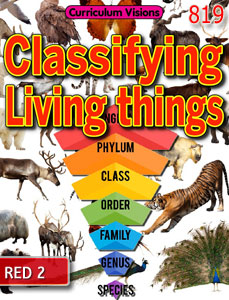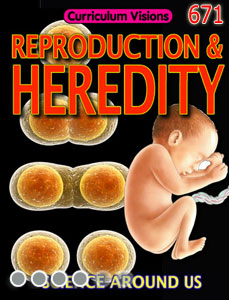The 18th century Swedish scientist, Linnaeus, classified living things by looking for similarities. He knew nothing about DNA or other features we know of today. So his way had to start with what things looked like. So, for example, he used the teeth of different mammals to decide if they were related.
In 1753, Linnaeus published his natural science masterpiece, taking up two volumes and 1200 pages. It was called simply ‘Plant Species’. He listed the 6000 plant species that had be found up to this time. Then he grouped them into a level called genera. He had 1000 genera. From this he could use a two-part name for all plants. It was the first time all plants had been named in this way.
In 1758, Linnaeus published an edition of Natural Systems in which he classified all of the animal kingdom into species. Linnaeus named about 13,000 living things this way.
From his work he could classify bats as mammals and not birds, for example. But Linnaeus did not know about evolution. That was something Charles Darwin and others were to write about a century later. When he classified humans with apes, for example, he did not put them into an evolution sequence, he simply put them side by side based on common characteristics.








